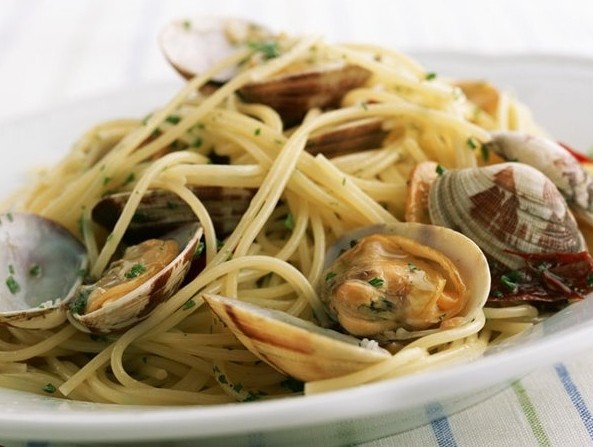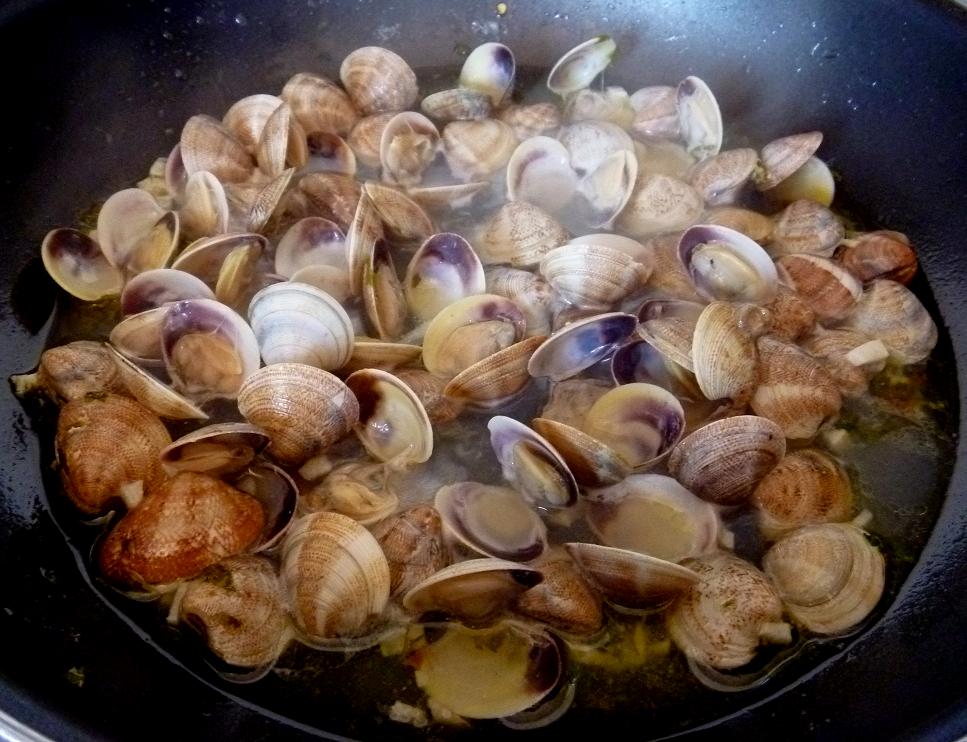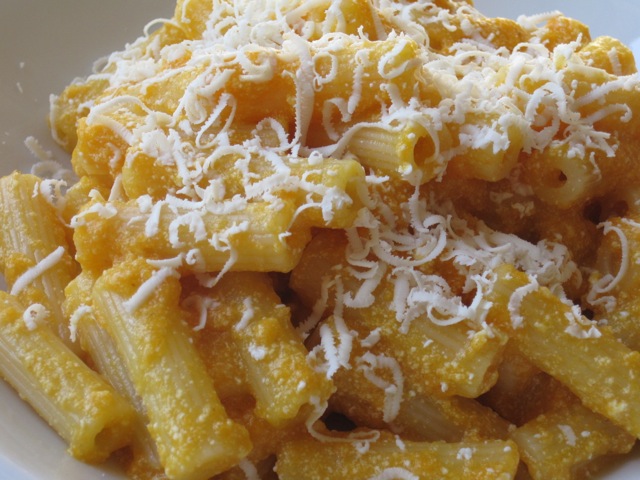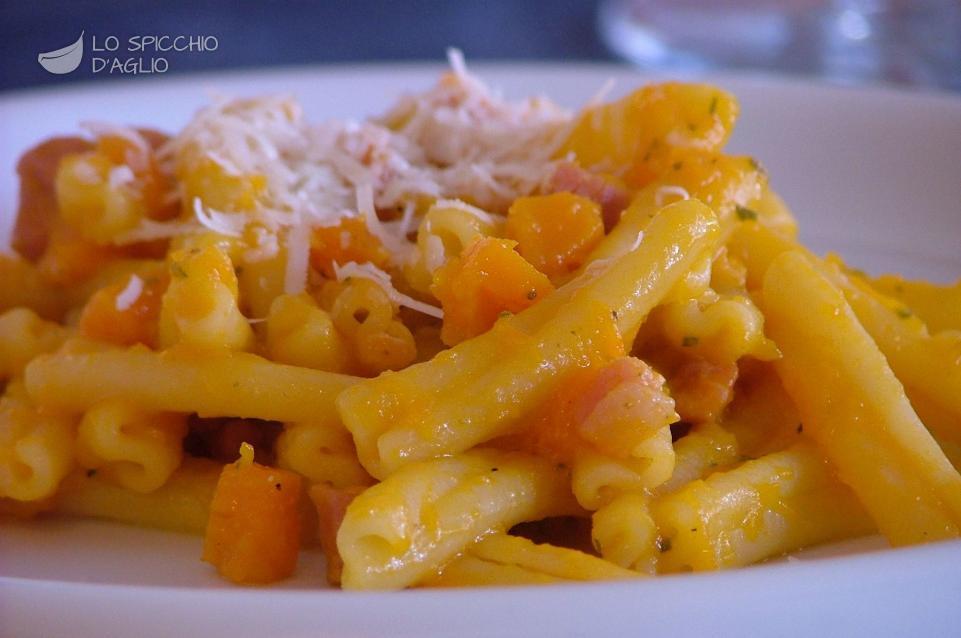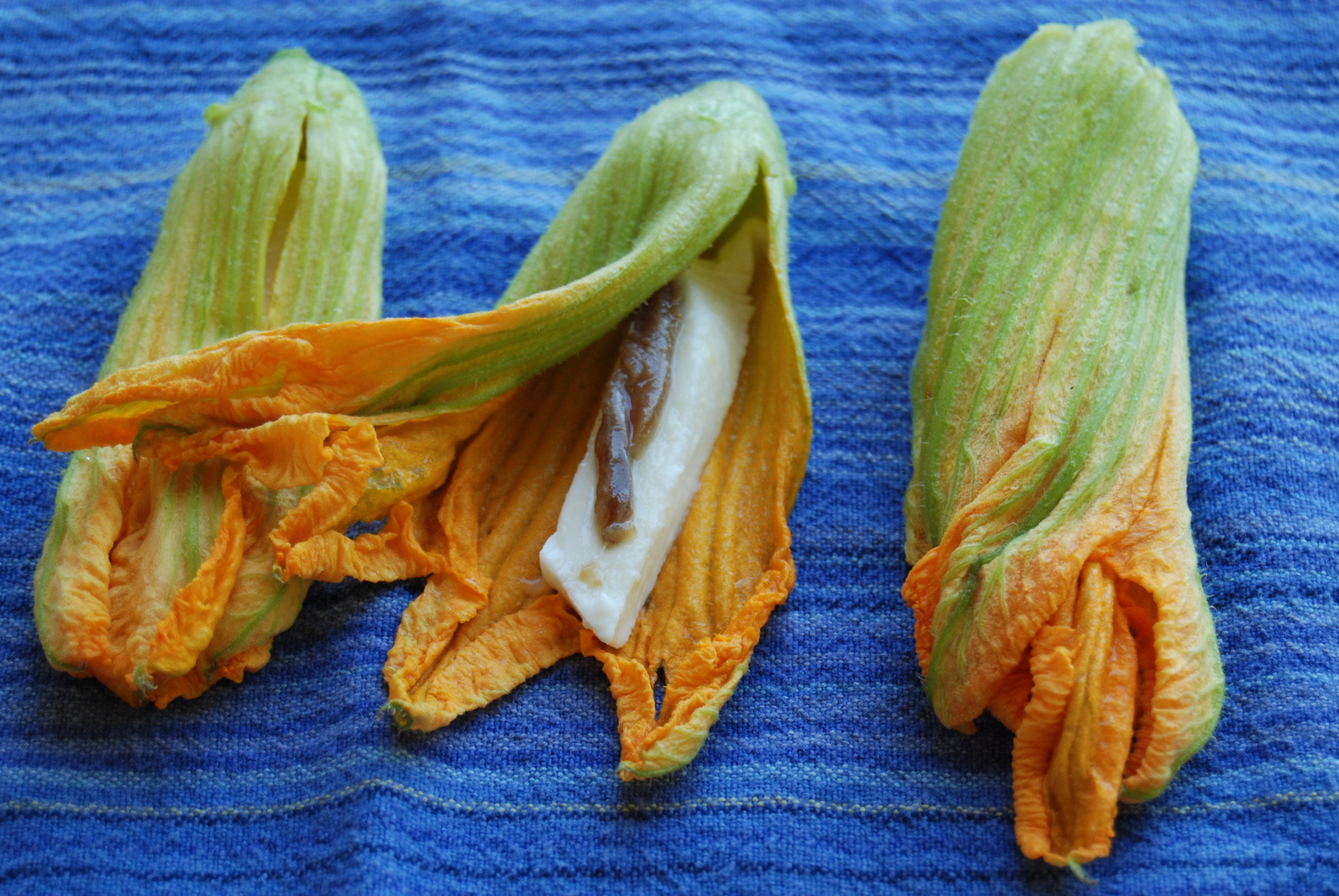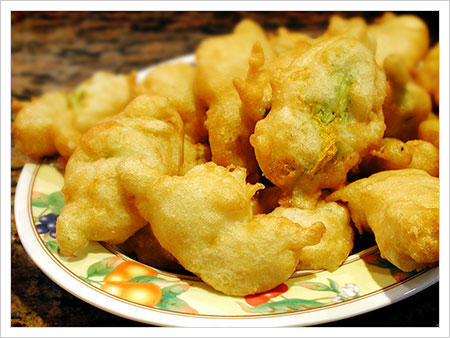Pecorino and pepper is well and good most days. But, sometimes, you want pig with your pasta.
Spaghetti alla carbonara is fail-safe answer to such suine-y cravings.
Mixing pan-crisped
pancetta, nutty
parmigiano and creamy yolks,
carbonara is everyday fare in Rome. This quick
pasta can be prepped at home in little time and with just a few ingredients.
Although many U.S. restaurants use smoked bacon or cream in this dish, the Roman version is made only with cheese, yolk and cured pork. Unlike American bacon,
pancetta is not smoked. Instead, the pork is air-dried for months, wrapped in a coat of salt and spices. It's still satisfyingly unctuous but won't make your whole meal taste like mesquite.
The key to carbonara is good ingredients -- sun-yellow yolks, real
parmigiano reggiano and salt-cured pig. Avoid pre-grated "parmesan" sold in the store, as the cheese tends to lose its taste not long after grating. Instead, buy a hunk of
parmigiano and grate the cheese just before you prep the dish.
Once the spaghetti has cooked, toss the still-steaming pasta with the slurry of cheese, pepper and yolks. The hot pasta will cook the egg mixture and melt the cheese, thickening into a sauce. Be sure to toss the pasta and egg and cheese in the same pan where you fried the
pancetta. Rendered pork fat adds a smooth texture to your finished sauce and gives the dish its signature creaminess.
INGREDIENTS:
• 8 oz of spaghetti or tonnarelli
• 4 or 5 oz of pancetta, cubed
• 3/4 to 1 cup of freshly grated parmigiano
• 3 or 4 egg yolks
• Black pepper, fresh ground
Lightly beat the yolks together with a fork. Add the grated cheese to the egg mixture, stirring until you have a thick slurry. Grind a healthy heaping of black pepper into the eggy/cheesy mix -- 5-7 twists on the pepper mill. Cook the spaghetti meanwhile in 3 quarts of salted water.
While the pasta is cooking, render the
pancetta. Crisp the cured pork cubes over medium-low heat, waiting until the fat has rendered. You may need to pour 1 teaspoon of olive oil in the pan before browning to avoid sticking. If the heat is too high, the pork will burn and not render. KEEP THE RENDERED FAT IN THE PAN.
Pancetta, remember, is not American bacon. We want that grease. Once crisped, turn off the heat but leave
pancetta in the frying pan.
Remove the pasta from the hot water with a slotted spoon, reserving at least 1/2 cup of starchy pasta water in the spaghetti pot. DO NOT RUN THE PASTA UNDER COLD WATER. It needs to be steaming hot. Toss the hot spaghetti in the frying pan that holds the crisped
pancetta. If the rendered fat has begun to solidify again, the hot pasta should re-melt it. When the cubes are evenly mixed throughout the pasta, pour the cheesy/yolky mix over the pasta and vigorously toss.
The hot pasta will cook the yolks and form a sauce. If sauce seems lumpy, add 1/4 a ladle of steaming pasta water and shake the pan to make sure the egg has coated all the pasta. Serve hot.












